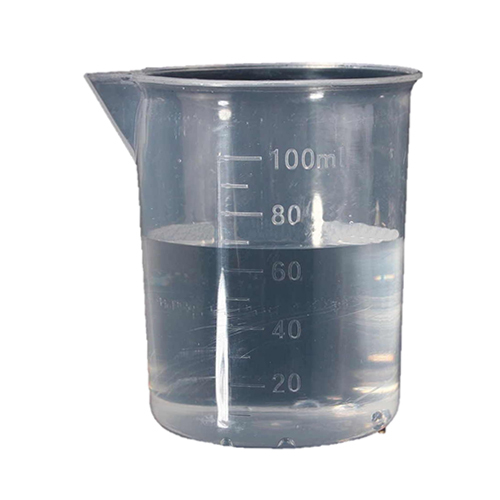Product Description
In the context of pigments, non-ionic dispersants play a crucial role in improving the dispersion and stability of pigment particles in liquid mediums, such as paints, inks, and coatings. Pigments are solid colorants that need to be dispersed evenly in the liquid medium to achieve consistent colo and optimal performance in the final product.
When using non-ionic dispersants for all pigments, some common types include:
- Polymeric Dispersants: These are high-molecular-weight polymers specifically designed to stabilize pigment particles. They often have functional groups that can adsorb onto the pigments surface, providing steric hindrance to prevent agglomeration.
- Polyethylene Glycols (PEGs): PEGs are water-soluble polymers that can be used as dispersants for pigments in aqueous systems. They work by adsorbing onto the pigment surface and providing steric stabilization, reducing the attraction between particles.
- Polyvinyl Alcohols (PVA): PVA is another non-ionic polymer that can act as a dispersant for pigments in both water-based and non-aqueous systems. It forms a protective layer around pigment particles, preventing them from aggregating.
- Non-Ionic Surfactants: Certain non-ionic surfactants, like alkyl ethoxylates and alkyl phenol ethoxylates, can also function as dispersants for pigments. They work by lowering the interfacial tension between the pigment and the liquid medium, allowing for better dispersion.
Efficient Pigment Dispersion
The non-ionic dispersant enables rapid, uniform dispersion of all pigment varieties in water-based systems. Its advanced formula helps overcome agglomeration, leading to improved color consistency and stability in finished formulations, suitable for coatings, inks, paints, and more.
Safe, Sustainable, and Easy to Handle
Formulated with safety and environmental responsibility in mind, this dispersant is non-toxic, odorless, tasteless, and biodegradable. The product is packaged for industrial use in durable HDPE drums, ensuring safe transport and storage. Its non-flammable nature further enhances workplace safety.
FAQs of Non-Ionic Dispersant For All Pigments:
Q: How is the Non-Ionic Dispersant used in pigment dispersion processes?
A: This dispersant is added directly to water-based formulations at a dosage between 0.52.0%% of the pigment weight. It helps to rapidly and evenly disperse all pigment types, preventing agglomeration and promoting color uniformity.
Q: What benefits does this dispersant offer compared to ionic alternatives?
A: Being non-ionic, the dispersant exhibits high compatibility with both anionic and non-ionic additives, minimizes unwanted interactions, and provides stable dispersion. Its environmental friendliness and safety (non-flammable, non-toxic, and biodegradable) are further advantages.
Q: When should I incorporate the dispersant into my pigment formulation?
A: It is recommended to add the dispersant at the early stage of formulation, ideally when pigments are introduced into the water phase. Early addition ensures optimal pigment wetting and dispersion.
Q: Where can this dispersant be applied?
A: It can be used in any water-based industrial pigment formulation, including paints, inks, coatings, textiles, and masterbatches, wherever efficient pigment dispersion is required.
Q: What is the recommended storage condition for this product?
A: Store the dispersant in its original HDPE drum between 0C and 40C, away from direct sunlight and freezing. Under normal conditions, it remains stable for up to 12 months.
Q: How does this dispersant help to reduce environmental impact?
A: The product is biodegradable and contains extremely low heavy metal content (<0.001%%), making it environmentally responsible and suitable for applications requiring green chemistry solutions.


